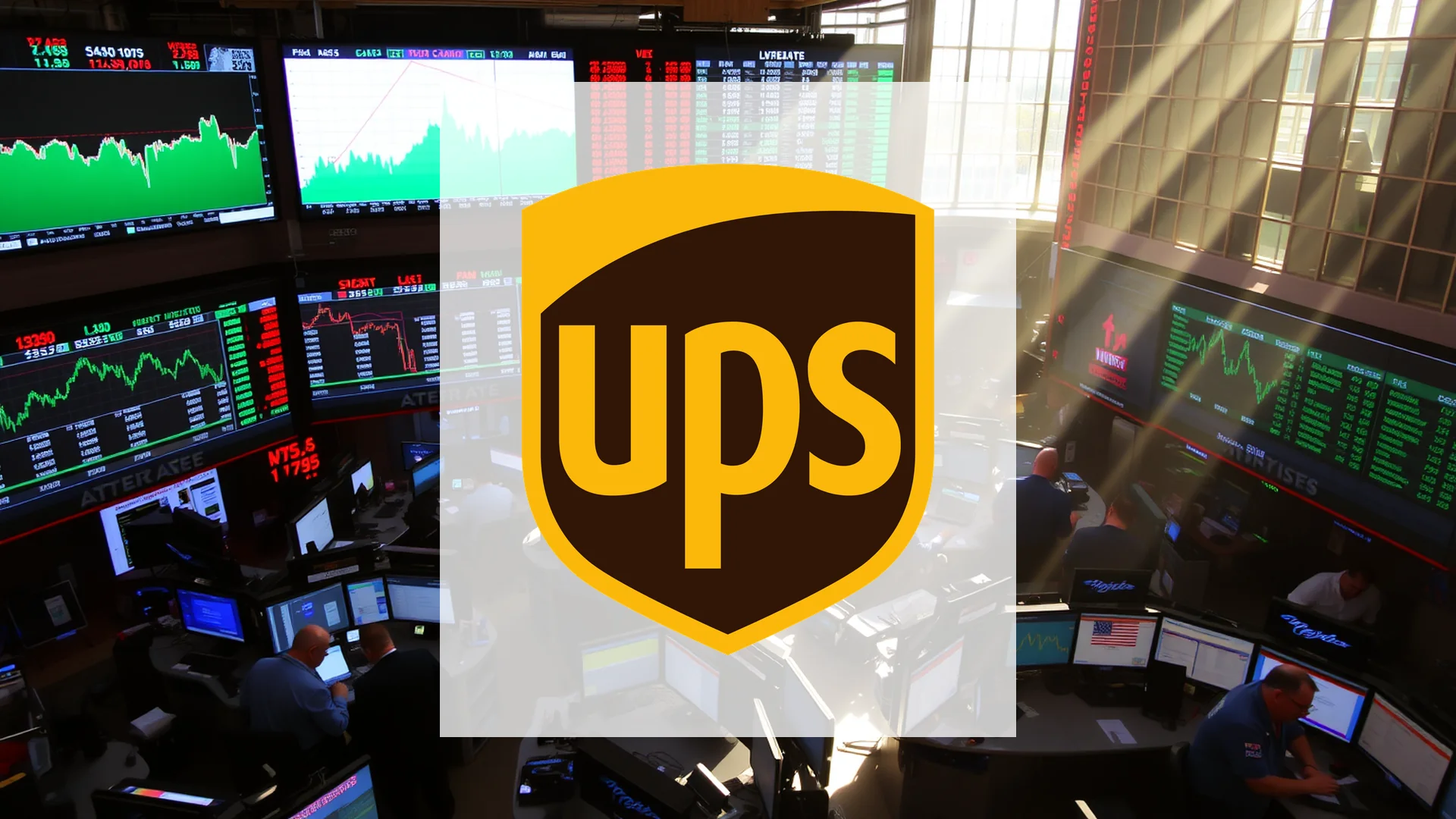Fiserv, the Milwaukee-based payments processor, is confronting the most severe downturn in its corporate history. A disastrous quarterly earnings report triggered a catastrophic 70% collapse in its share value, coinciding with the company’s transition to a new Nasdaq listing under the ticker “FISV”. This symbolic relocation raises questions about its potential to catalyze a corporate recovery.
Management Overhaul Amidst Financial Carnage
In a dramatic response to the crisis, CEO Mike Lyons has initiated a comprehensive leadership restructuring. The executive suite witnessed significant changes with Paul Todd assuming the CFO role from Robert Hau in late October. Further bolstering its governance, Gordon Nixon, the former chief executive of Royal Bank of Canada, is slated to become Chairman of the Board in January.
Lyons has simultaneously launched the “One Fiserv” strategic initiative, openly acknowledging that current performance levels “do not meet stakeholder expectations.” This five-pillar operational plan aims to resurrect growth and restore excellence throughout the organization.
Quarterly Results Spark Market Panic
The company’s third-quarter disclosure sent shockwaves through the investment community, surpassing even the most bearish projections. Fiserv reported adjusted earnings per share of $2.04, substantially missing the $2.63 consensus estimate and representing an 11% year-over-year decline. Revenue expansion virtually stalled at just 1%, reaching $5.26 billion.
Most alarming to market observers was the devastating 320 basis point contraction in adjusted operating margins. This severe compression indicates fundamental structural challenges that extend far beyond normal market volatility.
Should investors sell immediately? Or is it worth buying Fiserv?
Key business segments presented a troubling picture:
• Merchant Solutions: Merely 5% growth accompanied by deteriorating profitability
• Financial Solutions: 3% organic contraction
• Total organic growth: A minimal 1% increase
Analyst Community Delivers Verdict
Wall Street’s response was swift and severe. JP Morgan, while maintaining its “Overweight” recommendation, executed a brutal 45% reduction in its price target, slashing it from $155 to $85. BNP Paribas Exane demonstrated even greater pessimism, downgrading the stock to “Neutral” with a target of just $62.
The consensus price target now sits at $82.30, offering little consolation given that previous projections exceeded $170 per share.
Valuation Dilemma: Bargain or Value Trap?
With shares trading at a forward P/E ratio of 9.5, Fiserv now sits at historical valuation lows. Analytical models suggesting potential undervaluation of 52.3% present investors with a critical question: does this represent a compelling buying opportunity or accurately reflect the company’s deteriorating prospects?
The exchange transfer to Nasdaq symbolizes a fresh beginning for the battered stock. Whether this move translates into more than just a new ticker symbol depends entirely on management’s ability to successfully execute its ambitious turnaround strategy.
Ad
Fiserv Stock: Buy or Sell?! New Fiserv Analysis from November 11 delivers the answer:
The latest Fiserv figures speak for themselves: Urgent action needed for Fiserv investors. Is it worth buying or should you sell? Find out what to do now in the current free analysis from November 11.
Fiserv: Buy or sell? Read more here...











